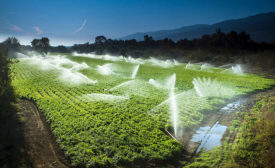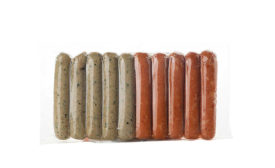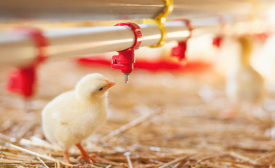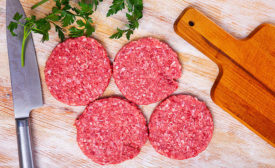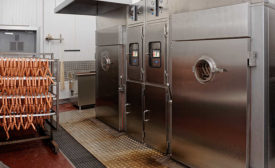Meat and Poultry Processing
Tech | Processing
Innovative, sustainable cleaning systems shrink treatment systems.
Read More
Cover Story | 2020 Deli Report
2020 Deli Report: Riding the COVID coaster
The COVID-19 pandemic is upending deli operations, but strong meat and poultry revenue opportunities remain for operators who adjust to the changing landscape.
Read More
Cover Story | The Year of the Independent Processor
The year of the independent processor
The small processor community has acted heroically during the most trying times in recent memory.
Read More
Tech | Processing
Steamed up for food safety?
Hydrated surfaces appear effective at preventing bacteria from forming during the heating process.
Read More
Stay ahead of the curve. Unlock a dose of cutting-edge insights.
Receive our premium content directly to your inbox.
SIGN-UP TODAYCopyright ©2024. All Rights Reserved BNP Media.
Design, CMS, Hosting & Web Development :: ePublishing
